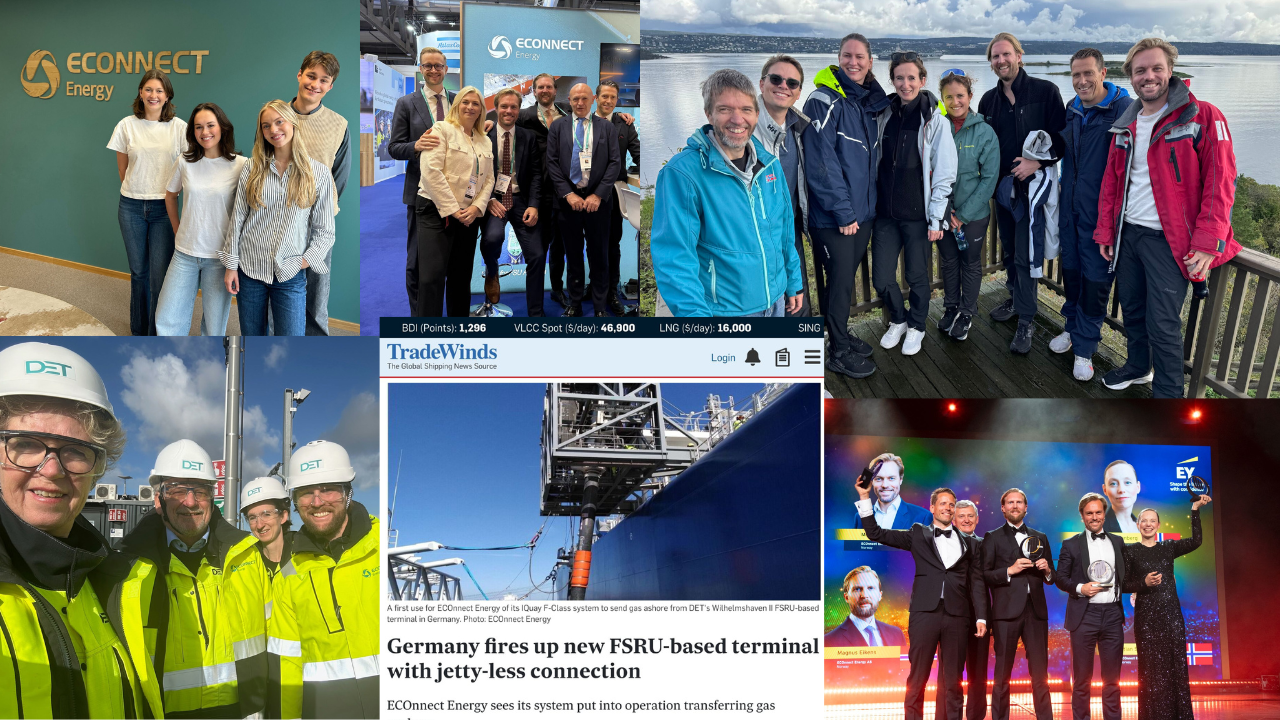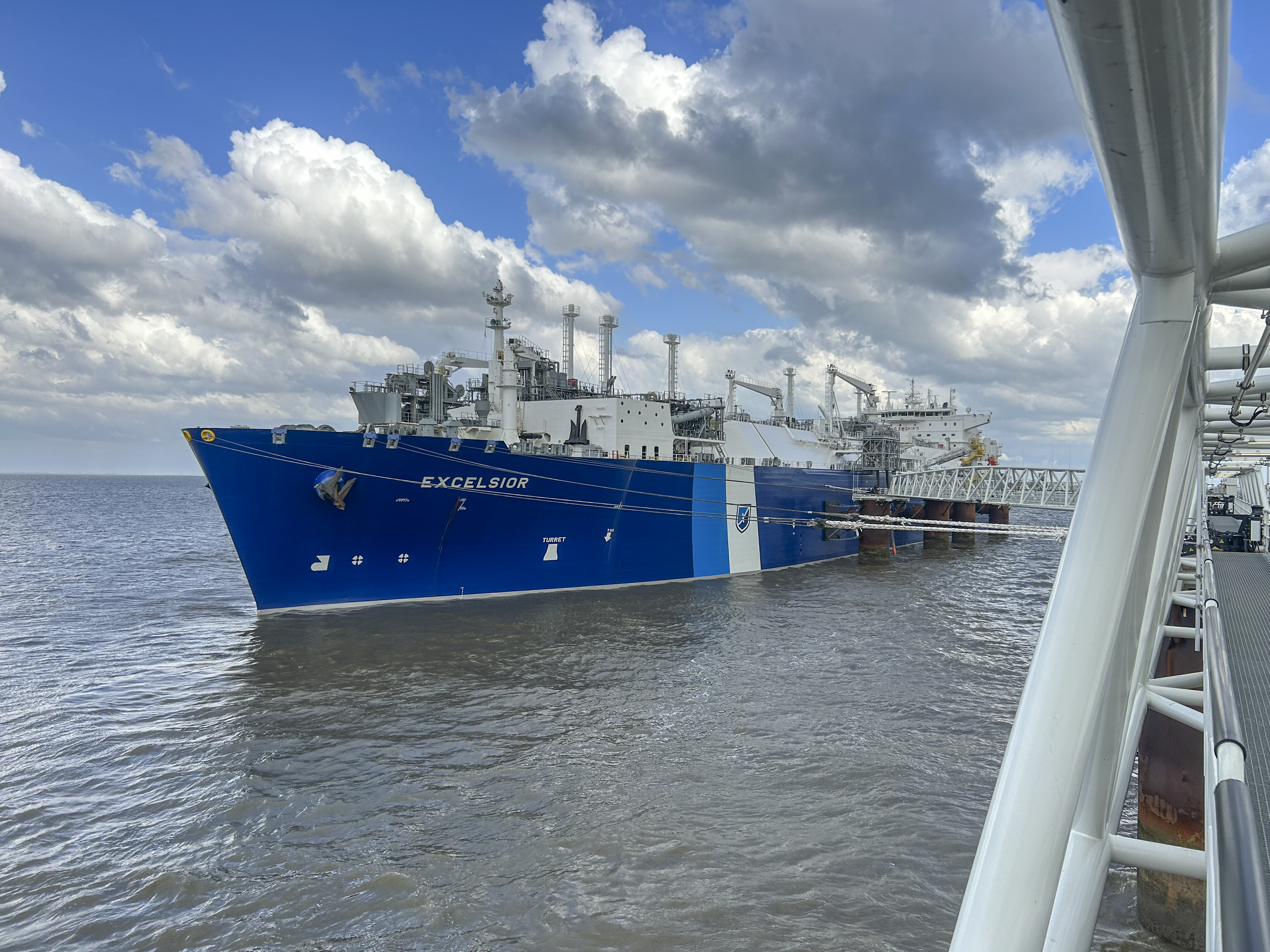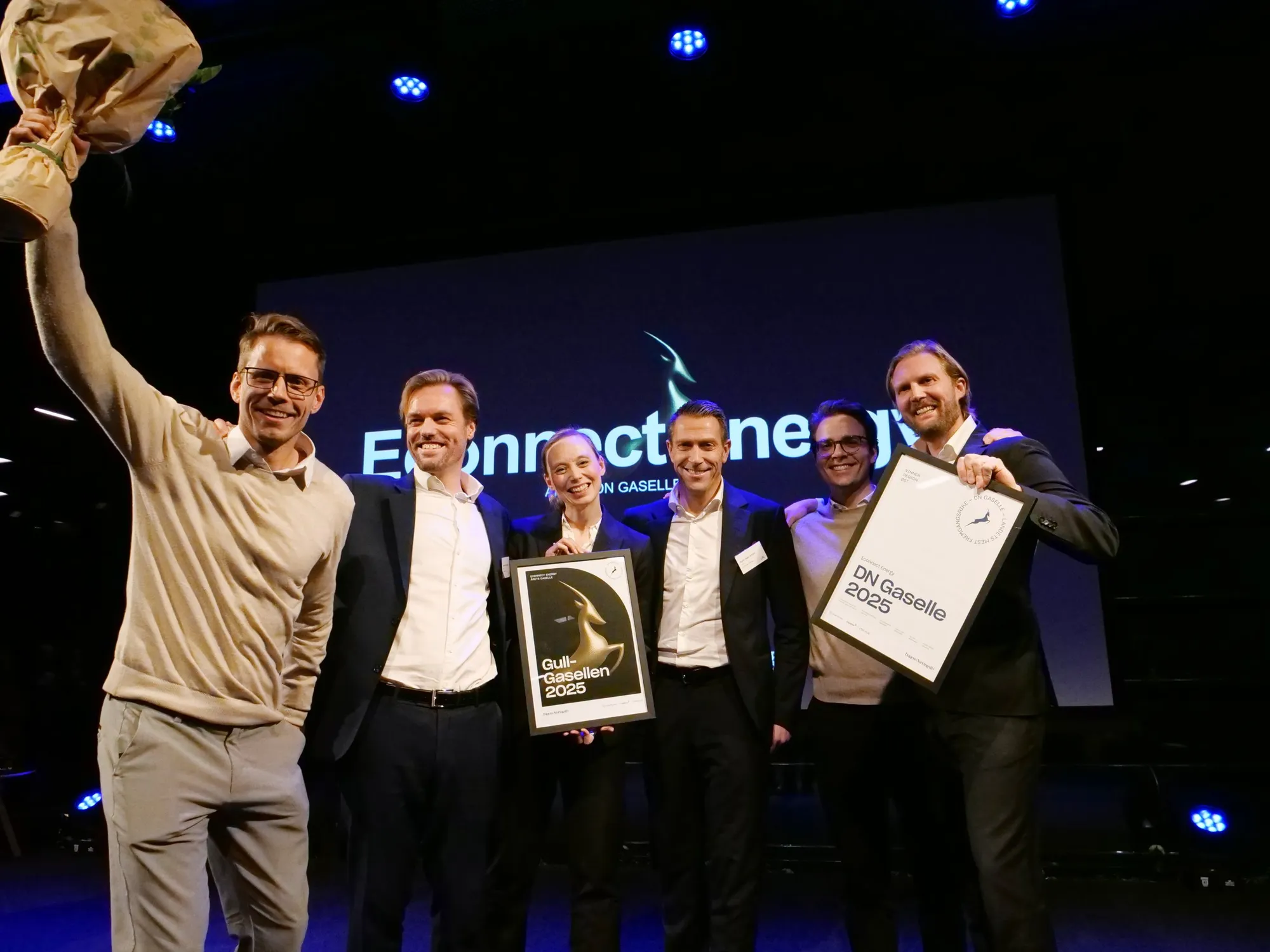Methane (CH4) is an odourless, colourless gas that is emitted by natural earth systems and human caused, or anthropogenic, activities. In nature it is produced by the decomposition of plant matter in wetlands, from animal digestion, and volcanic activity, accumulating in subsea continental margins and beneath the permafrost of the polar regions.
Methane and Climate Change
The natural mechanism by which the atmosphere absorbs part of the Sun's radiation and warms the Earth to a temperature where life is possible is known as the greenhouse effect. Global temperatures rise as a result of increased radiative forcing, or heating, brought on by rising greenhouse gas emissions.
Since 2007 methane concentrations in the atmosphere have increased by 6.8-10 parts per billion (ppb) per year. In 2022 methane reached 1908.61 ppb, or three times higher than pre-industrial levels (approx. 600 ppb).
The rapid rise in methane concentrations can be attributed to several factors, including:
- Increased emissions from agriculture, oil and gas operations, and waste management
- The contribution of biogenic emissions, especially from regions with large wetlands
The continued growth in methane concentrations highlights the need for global efforts to address the causes of methane emissions and mitigate their impact on climate change and the environment.
Methane was discussed at COP28 in the context of addressing methane pollution, where governments and the private sector announced over $1 billion in new grants to cut methane in the oil and gas, waste, and agriculture sectors, to increase awareness and reduction measures.
COP28 saw five more nations join the Global Methane Pledge (GMP), bringing the total number of signatories to 155. Negotiators agreed that the COP28, COP29, and COP30 presidencies will collaborate on a "Road map to Mission 1.5," which is meant to address carbon markets and methane reduction.
Methane was also discussed in the context of the oil and gas industry, with oil companies pledging to reach “near-zero” methane emissions and end routine flaring. The energy industry is responsible for 2.7 gigatons of CO2-equivalent annual emissions from flaring, venting, and leaking methane throughout the global gas supply chain—more than twice as much as from aviation and the equivalent of the annual emissions from roughly 720 coal fired power plants.
Reducing Methane
“Early actions by governments and industry to drive down methane emissions need to go hand-in-hand with reductions in fossil fuel demand and CO2 emissions." – IEA Executive Director Fatih Birol
Global methane emissions from the energy sector, 2000-2022

Methane emissions are the second-largest driver of global warming, accounting for approximately 30 percent of the temperature increase from pre-industrial levels. Reducing methane emissions can also significantly improve air quality and health outcomes including lower respiratory and cardiovascular disease, especially for communities living near oil and gas operations.
A report by the Joint Institute for Strategic Energy Analysis estimates that implementing measures to reduce methane emissions from natural gas transmission and distribution by over 40% could support over $8 billion in GDP annually over the same time period and allow producers to recover approximately $912 million in previously lost sales.
At the company level, reducing scope one and scope two emissions reductions in the energy sector offer a short-term window of opportunity for positive, measurable, and verifiable action.
How do we reduce methane emissions?
Improve monitoring and reporting – Methane emissions are historically difficult to monitor and measure. The implementation of technologies to better track and measure methane emissions such as improved leak detection and repair (LDAR) mechanism, satellite monitoring, laser methane detectors and external downwind tracers will provide a clearer view of the actual emissions from the oil and gas industry. A new watchdog called Climate Trace uses advanced satellite technology and AI to track and monitor greenhouse gas emissions including methane, filling in any gaps in methane emission measuring.

Invest in infrastructure and technology Investing in sound infrastructure, the maintenance of existing infrastructure and potential leak points, and capturing emissions are necessary to reduce emissions. This also includes electrifying equipment where possible to reduce the need to combust methane, and also using the best available technology for seals on pumps / compressors / valves, vapor recovery units, coupled with increasing carbon capture efforts. Additionally, fugitive emissions can also occur at various points in natural gas infrastructure, including storage facilities, transfer equipment, and port infrastructure. Tightness of the infrastructure and equipment is crucial in minimizing fugitive emissions.
Promote international cooperation Agreements like the Global Methane Pledge and collaborative efforts to encourage knowledge sharing and best practices. This international agreement builds upon other regional examples include the EU methane emissions limits, China’s methane strategy, and similar US and Canadian methane strategies requiring a 70% cut of methane emissions by 2030.
Support the energy transition Supporting technology development and infrastructure that can aid in the transition to greener fuels will allow natural gas in the short term while allowing greener fuels to by tapping into existing and applicable infrastructure. Multi-functional infrastructure can also support the distribution of carbon-free fuels such as green hydrogen derivatives including e-methanol and ammonia. Smart, sound and future-ready infrastructure is key to combat methane emissions.
References:
Climate Trace Project: https://climatetrace.org/explore
IEA (2023), “Urgent action to cute methane emissions from fossil fuel operations essential to achieve global climate targets,” Accessed from: https://www.iea.org/news/urgent-action-to-cut-methane-emissions-from-fossil-fuel-operations-essential-to-achieve-global-climate-targets
IEA (2023), “Global Methane Tracker 2023,” IEA, Paris, Accessed from: https://www.iea.org/reports/global-methane-tracker-2023/the-case-for-methane-policy-and-regulation
Joint Institute for Strategic Energy Analysis and the US Department of Energy’s Office of Energy Policy and Systems Analysis (2015), “Potential Cost-Effective Opportunities for Methane Emission Abatement,” Accessed from: https://www.nrel.gov/docs/fy16osti/62818.pdf







